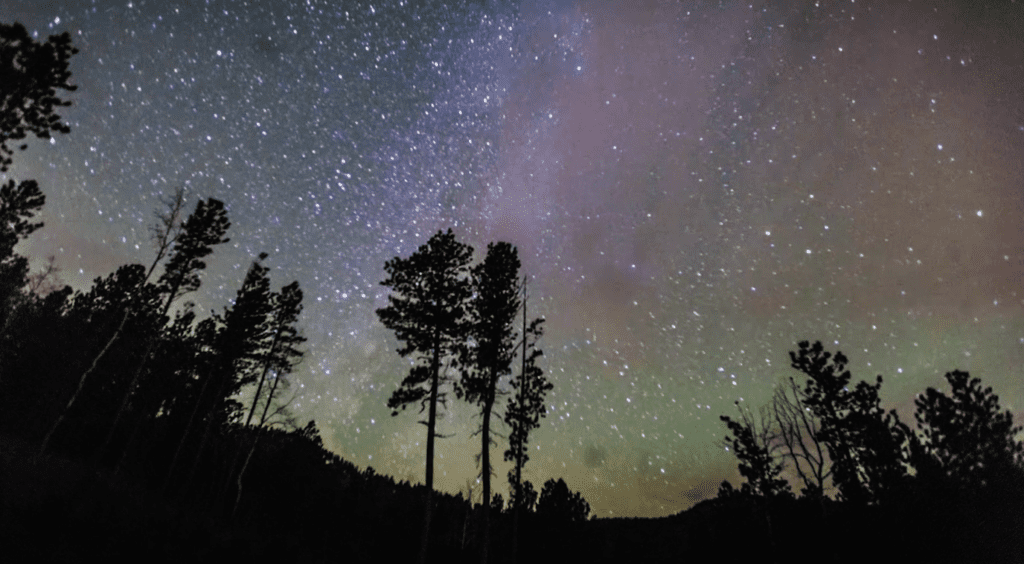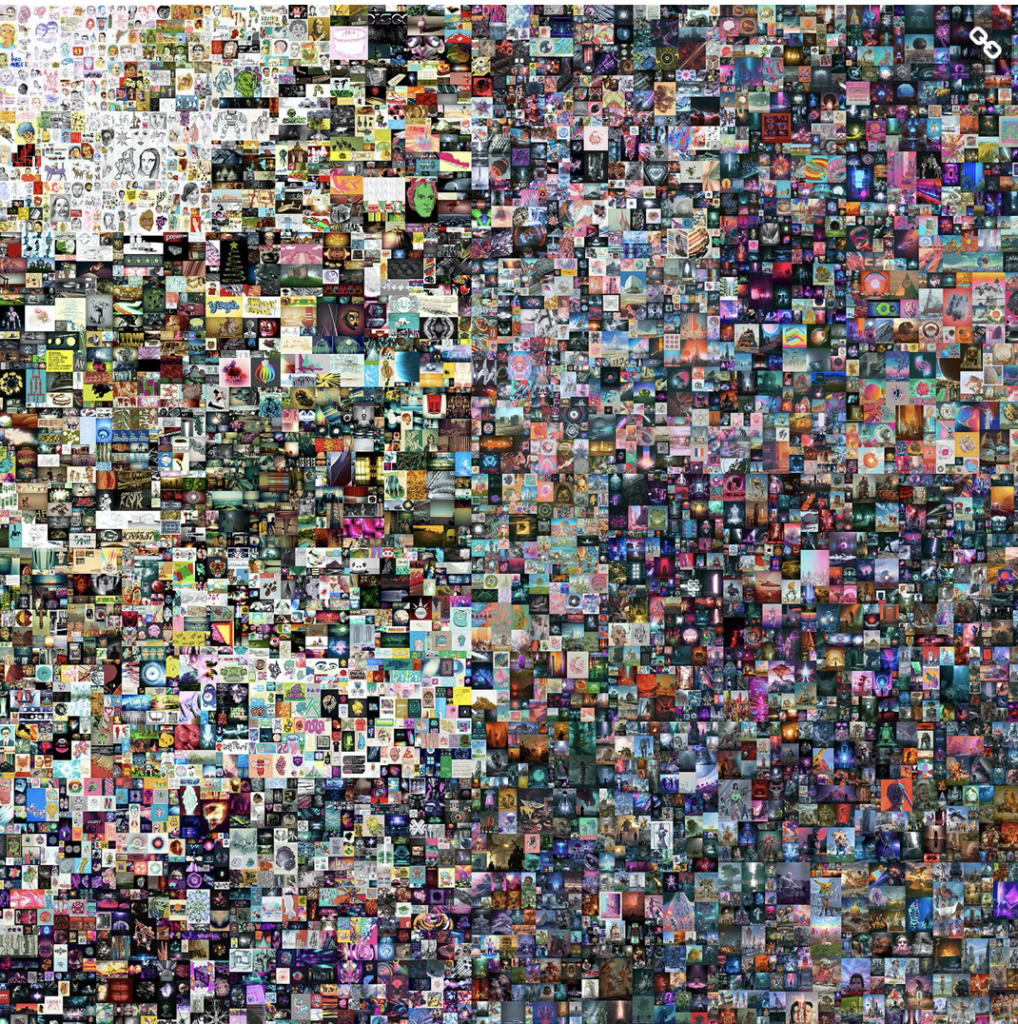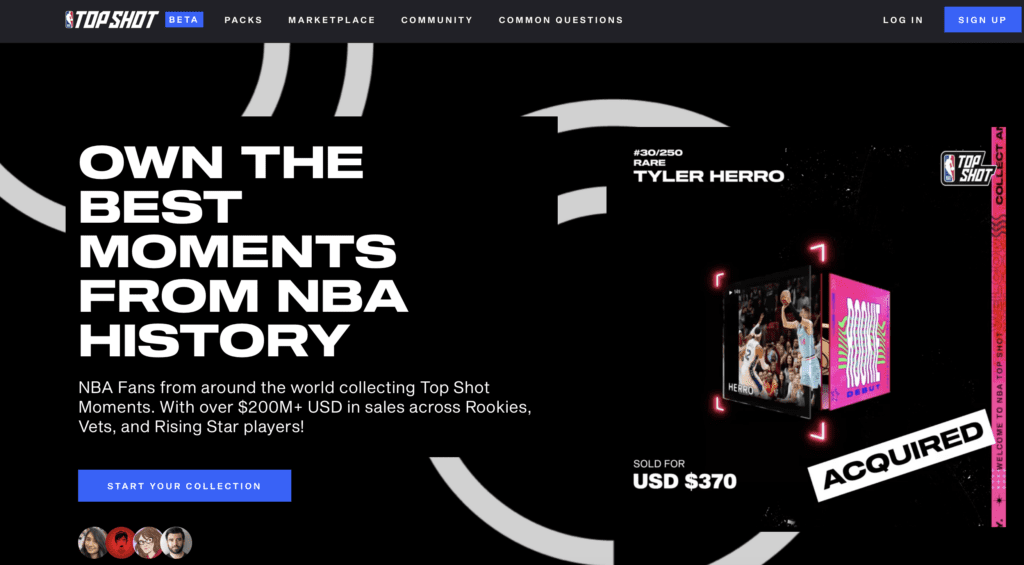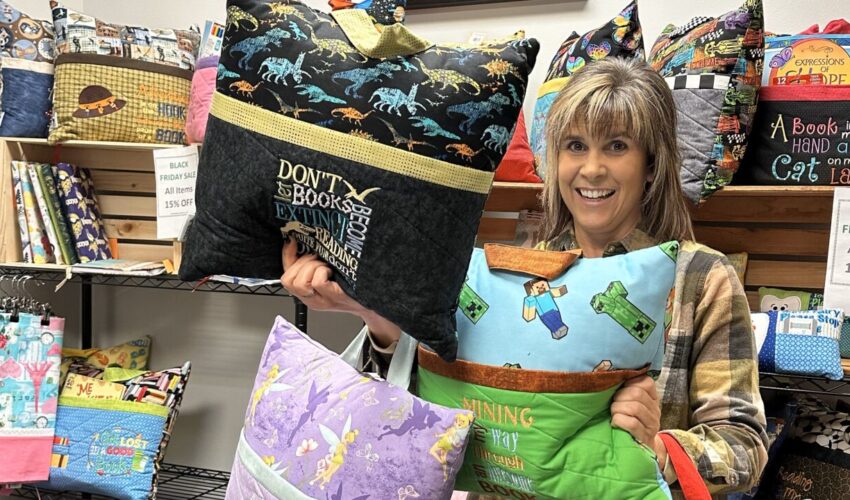Does art’s future involve cryptocurrency? This photographer thinks it might
March 8, 2021
In two weeks, Wes Eisenhauer has gone from learning about NFT art to “being bombarded at every angle by it.”
NFT, which stands for non-fungible token, allows artists to “tokenize” a piece – anything from a digital artwork, photograph, video, music or even a meme or sports card.
“Non-fungible” means the object is unique – it’s a special kind of cryptographic token, unlike cryptocurrencies such as bitcoin, which are fungible.
For an artist, selling an NFT becomes a way to sell work and keep track of it if it is resold – including providing the artist a percentage of the new sales price.
“Thought leaders in the industry think this is going to change the world for artists, but also for everybody – just the way we operate as a society – comparing it to how the internet changed the way we operate. This could have as big of an impact,” Eisenhauer said.
He decided to tokenize a four-second time-lapse clip he caught a couple of years ago of a meteor exploding in the atmosphere.
He bought some of the cryptocurrency Ethereum to cover fees, listed it on a site called Rarible – one of several online marketplaces for NFTs – and priced it at more than $800 once fees are included.
“I don’t expect anyone to pay $800 for it right away, but if someone did and sold it for $100,000, I would get 10 percent every time that was sold or moved around,” Eisenhauer said.
“I chose to make mine one of one, but you can make editions. So you could make 1,000 and someone could own No. 58 of 1,000.”
That’s what one artist, called Beeple, did with his work.
“Beeple minted a thousand editions of his digital pieces and sold them all for $1, but he holds 10 percent every time they’re sold, and now they’re all being sold at six figures,” Eisenhauer said.
Beeple, whose name is Mike Winkelmann, became the first artist to have an NFT work auctioned by Christie’s in February. With the first hour, bids went from $100 to $1 million.
The piece, called “Everydays: The First 5000 Days,” is a collection of online artwork showing pieces posted daily for 5,000 days, or more than 13 years. Collectively, it represents “a unique work in the history of digital art,” according to Christie’s, where bidding has grown to $3.75 million. The auction ends Thursday.
“People out in front on this have made millions,” Eisenhauer said. “And this is big for music. A lot of people are releasing songs where you can tokenize and own it, but it comes with a digital download and album cover.”
There’s an NBA platform called Top Shot that tokenizes basketball cards and video highlights.
“So you can collect a one of one LeBron dunk, and you’re the only one who owns it, and everything else is a copy,” Eisenhauer said.
He envisions the day when holographic picture frames replace tangible pieces of art hung on a wall and owners “swipe through your digital assets and display them,” he said. “So that’s how artists can have a stake in some of these digital things they’re creating, and this generation is probably the first generation who truly values digital things.”
Eisenhauer expects that many artists will get in on NFT opportunities, and he plans to do a collection of photos that wouldn’t be as high-priced as his initial NFT.
But for now, “I feel proud of myself for just getting one up.”










